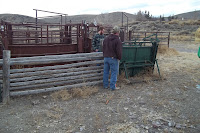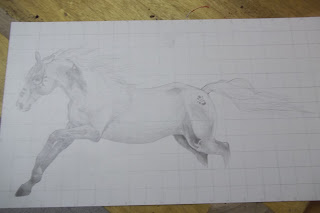Friday, November 16, 2012
Final Project (step 7)
Time to Paint!!!
(need to tansfer pic still might need some help doing it in class today)
(need to tansfer pic still might need some help doing it in class today)
Havin fun in Class!!
Over the past few days in class we had fun learning about other people's project. We enjoyed lots of different activities from playing football with Braden to making tie dye shirts with Leeanne.We also learned about how Rosie would survive in the wilderness and build a cabin all by herself; she also brought a little teacup pig named Razer to show us. He was way cute, except when he peed all over the floor......But overall the past couple of days have been fun and very eventful! :)
Tuesday, November 13, 2012
AM Stockhill
“Texture is a critical element of my work. In working with
multiple layers of media, I am attempting to portray the passage of time. In
this age of technology, it is easy to forget our roots and the simplicity of
knowing that where we began has a place in who we are. It is for that reason
that I try to express spirit and emotion, rather than the horse itself.”
These are the words of AM Stockhill
and how she explains the reason and symbolism behind her beautifully flawless
paintings. She specializes in very textured paintings and warm earthy colors.
She also talks about how many of her paintings require twenty to thirty
individual glazes of pigment in order to obtain the luminosity and emotional
impact that she wants. And that by using so many thin layers of paint it allows
the painting to glow from within and create a sense of depth that draws the
eye.
I
couldn’t agree with her more! When I saw her art for the first time in person I
was blown away by her talent and the amazing ability she has with a paint brush.
Her art has definitely inspired me to become a widely known artist myself. In a resent utube video I watched about her
she talks about how her career started. She had never picked up a paint brush
till she started school at the University of Montana. AM Stockhill’s first
intensions were to do photograph but found her talent instead with painting
using acrylics. From there her art career took off and she started trying new
techniques.
One
technique I found interesting was the way she used book pages as the background
to her paintings. She discovered the
books when she visited a book store after they had just received a donation of
old books. She noticed a stack of books off to the side with damaged covers and
bindings. She then asked what they planned to do with them. When they told her
they were going to be thrown away she decided to salvage them. Not knowing what
to do with them at first the old books sat in her studio for a good six months
before the idea of incorporating them into her paintings pop into her head.
After Stockhill’s canvas were stretched and sealed, she then applied the old book
pages using acrylic medium to bind the pages to the canvas. Stockhill uses
books that are at least eight to one hundred years old with missing pages or
damaged bindings that no long have their intrinsic value. She prefers them to
have a western theme to compliment the horses and other animals that she
paints. Stockhill feels that by doing this she is rescuing pieces of history by
incorporating it into her paintings.
Below I have AM Stockhill's websit home page and a great utube video of her explaining her art. I really enjoyed it and you will too! :)
http://www.amstockhill.com/
http://www.youtube.com/watch?v=X4bmCQCnMIY&noredirect=1
Wednesday, November 7, 2012
Field Trip
Today we went a field to a ranch outside of Dillon. It reminded me a lot of my ranch where I grow up. I also took some pictures while we were there.
This is an ally built for calves so they can be brand on the green table top a the end. The calves heads get caught by a head catch at the end of the shoot. Then the table flips over on it's side so the calves can be branded. Essentially it looks like a giant taco.
This is an ally built for calves so they can be brand on the green table top a the end. The calves heads get caught by a head catch at the end of the shoot. Then the table flips over on it's side so the calves can be branded. Essentially it looks like a giant taco.
This is a loading ramp used for cows and calves to load them on stocktrailers.
This is a picture of round bails that ranchers use to feed thier cows in the winter months.
This is one example of how ranchers feed the round bails to their cattle. The tracter is used to pull the red feeder behind it as it spins leaving a trail of hay behind it in the field for the cattle to feed on.
This is some of the holding pens used to put sick or bottle calves and there mothers during calving season.
This is just a picture of some of the calves at the ranch.
Art Walk! :)
Last Friday I experienced my first art walk. I wasn't quit sure what to expect but was glad I attended it by the time I was done. There were only two Art Gallaries that had the art I enjoy most, western art. The first gallary I walked through was "The Freshwater Studio", which had three artists that interested me the most; Kristin Haakenson, LeAnn Boyd, and A.M. Stockhill. Haakenson and Boyd paintings were mostly wildlife with beautiful landscapes. A.M. Stockhill's art mostly consisted of horses with an abstract affect to them that made them stand out. She also did a lot of layering with her paintings and sometimes put old newspaper or old book pages in the background of her paintings giving it a unique look that was pleasing to the eye. The other art studio I walked around was "The Gallary", which showed the art of Chris Owen of Billings. His art was something I would love to put in my own home someday! His horse paintings were amazing and deffinately inspired me to become a western artist even more.
Monday, November 5, 2012
TED TALK PODCAST COMMENTS
The podcast I listened to was "How can Fourth-Graders Solve World Problems". It is about a teacher, named John Hunter, who brings his class together and makes a game of fixing 50 of worlds top problems. All the students become different leadership rolls and they have to work together to fix the worlds problems. Some of the problems they solve are social, economic, or war-fare. Some of the students have came back 20 to 30 years later to talk to their old fourth-grade teacher, John Hunter, and tell him how his class still had effect on them and eventually directed them to their careers. I thought this was a very cool idea and that more schools should try it out in their own classrooms!
Friday, November 2, 2012
Final Project (step4)
Finished transfering the internet image to the bigger piece of paper! :)
(there is supposed to be dust where the back legs are missing)
What did the war paint symbols on horses mean??
http://horsesoftheearth.wetpaint.com/page/Indain+Horse+Markings
Great websit I find that tells a lot about what the war paint on horses!
Final Project (step 3)
On the third step I began transfering the internet image to the bigger piece of paper. Instead of drawing the halter on the horse I decided to put war paint on the horse using Native American symbolism and added feathers.
(helpful hint: Number the sides so that you don't get confused on what square your on!!) :)
Final Project (step 2)
For my second step I cut out a piece of paper 12inches by 22inches. And made a grid on it also; the squares being 1inch by 1inch.
Final Project (step 1)
To begin my final project I found a photo of a horse that I liked. Then I printed it off and drew a grid on it. The size of the squares are 3 centimeters by 3 centimeters.
Whats going on for my Final Class Project!! :)
For my final project I first choose to do a mural but unfortunatly I could not find any mural proposals near my area. So I compromised and decided to do a painting for my mom's office. My mom works at MEA-MFT (Montana Education Association and the Montana Federation for Teachers), her office is right across form the capital building in Helena. In her work place there is a lot of western and Native American artwork. So I plan to do something similar but with my own twist. Most of the paintings they have are all realistic and my plan is to create something similar by doing a running horse with Native American symbolism and making the horse colorful using bright colors similar to the horse paintings I posted earlier. The painting will be 3 feet x 6 feet. As I work I will post my progress and the steps I take to get to finish my final project.
Wednesday, October 31, 2012
Ull Hohn: Contemporary Art from the Past
When looking at Ull Hohn’s painting I feel a connection to his beautiful landscapes. This is one reason why I chose him over the many others. His framed masterpieces stood out to me because of the detail he used in his brush strokes. They felt alive the way he had given them so much texture and structure, but in a way they also seemed soft and abstract. The water of rivers and lakes were clear and realistic. But his trees, grass, and mountains had a fuzzy focus to them; making them almost blurred or smudged in a way. Not only did his art interest me so did his history.
When he was twenty years old, Ull Hohn moved from a small town in North-Rhine Westphalia to West Berlin to study painting at the University of the Arts. During this time, neo-expressionism started to become popular and so did Neue Wilden. But Hohn was not interested in angry, masculine painting; he rejected the broad brushstrokes and craziness of the Neue Wilden. He preferred a more controlled style, which he saw as “serial colour-configurations of pure painting”.
Four years later he moved to Düsseldorf to study with Gerhard Richter, who told him to stay at the academy after graduating and join his master class. But in the fall of 1986 he left Germany to head for New York. Hohn loved New York since it was not like the conservative and provincial ways of Dusseldorf. The New York art world had given Hohn a new outlook, especially when he started attending the Whitney Independent Study Program in 1987.
By 1993, near the end of his life, Hohn had completed many landscape pieces. Hohn had followed his instructions given by his professor but add blurs, reflections on water, and worked up surfaces put on by palette knife. He wanted to portray a kind of painting outside painting, but not to the point of over doing it. In his short life he offered new styles that consistently investigated the difference between de-skilled artistic production and painterly craftsmanship.
The dominant elements of 2-Dimensional design Ull Hohn uses that I noticed was color, and organic forms. Most of his art work was true to realistic nature scenes but I did see a few that strayed away from his usual landscape pieces. They had letters using lines and bright colors and I also noticed he had a few clay sculptures, which in my opinion looked like a mangled bricks.
Some conceptual concerns that Hohn addressed was how in New York the gay community was starting to feeling the effects of the AIDS crisis. As it spread and the outside world became even more opposed to homosexuality, the gay community in New York become more united and was gaining attention. Hohn also explained how the issues of identity and sexuality had become key themes in academia, while the black consciousness movement and second-wave feminism made their way into the critical discussion in art schools. Hohn began to intertwine his homosexuality into his work and eventually met his partner, Tom Burr. I feel the relationship between the formal concerns of the Hohn and the idea or concepts that he had definitely relate to his work because of this. He felt that by the way art schools started talking about homosexuality, the black consciousness movement, and second-wave feminism that it was the beginning of institutional critique.
(Here are some of my favorite pieces by him.)
(Here are some of my favorite pieces by him.)


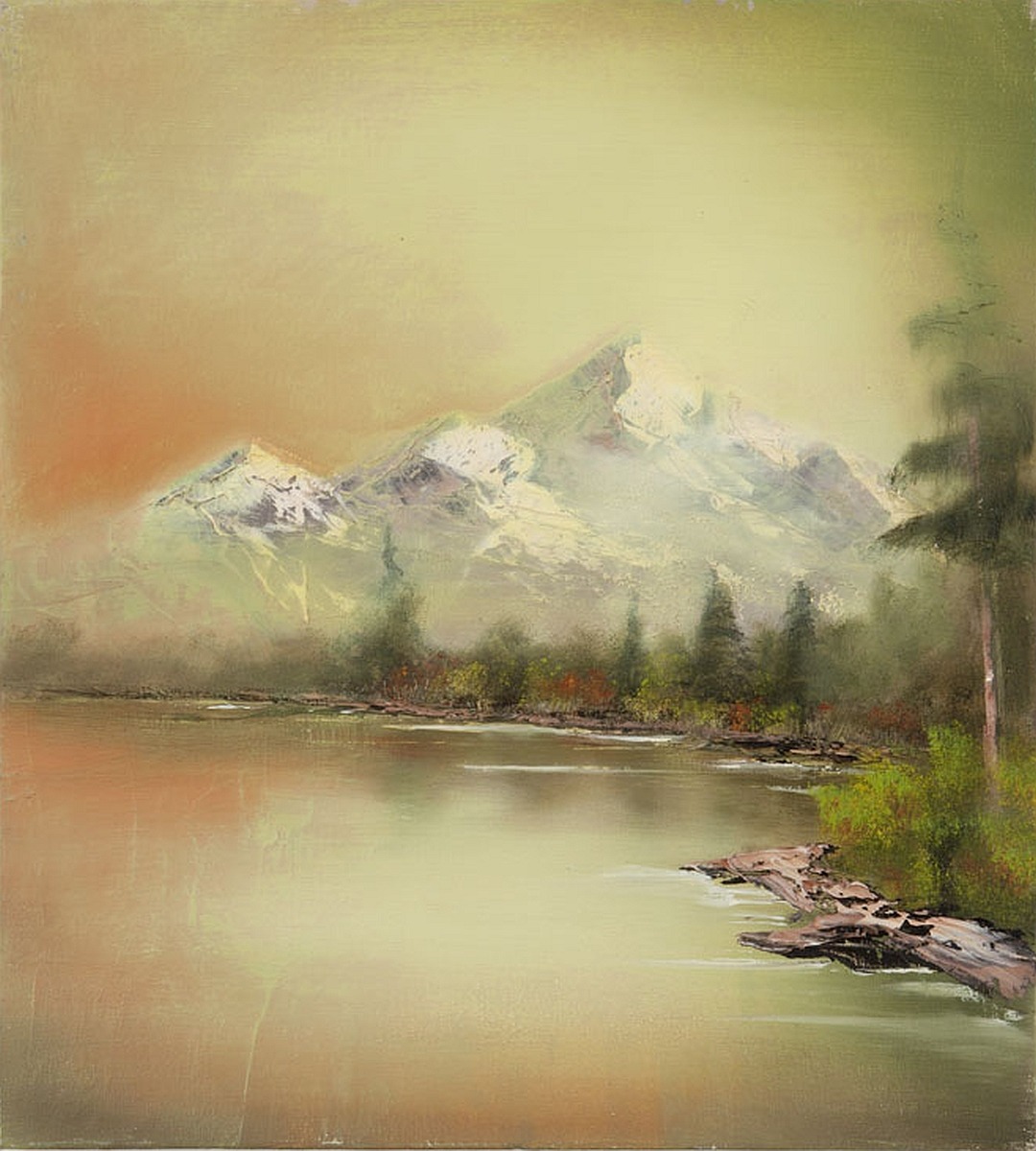




When preparing for a Mural Job
The five easy steps to success!
1) Show your client your mural porfolio. A porfolio is imortant because it esentually shows how good you are at what you do. Helping build confidence with the client that you will do a good job. Not only does it show this it shoe experience.
2) Make a mural contract before you work for anyone! This is important because there will be no hiccups with the client if you have agreements on price, size, and design.
3) Set and Memorize your price list! (hint: Don't hesitate when you quote the prices to your costomer!)
4) Set expectations for your client. Make sure you apply for mural jobs that fit your style; not only so you do a good job but so you please your client as well. Good communication is key! Make sure you know exactly what they want!
5) Make sure you purchase supplies! Never show up to a mural job unprepared. Some thing you'll diffiniately need to have are high quality acrylic paints, drop clothes, brushes, cleaning supplies, a step stool/ladder, tape, stencils, and a good container for carrying those supplies.
To read more go to: http://www.ehow.com/how_2314268_prepare-mual-job.html#ixzz2AoQGnjSm
1) Show your client your mural porfolio. A porfolio is imortant because it esentually shows how good you are at what you do. Helping build confidence with the client that you will do a good job. Not only does it show this it shoe experience.
2) Make a mural contract before you work for anyone! This is important because there will be no hiccups with the client if you have agreements on price, size, and design.
3) Set and Memorize your price list! (hint: Don't hesitate when you quote the prices to your costomer!)
4) Set expectations for your client. Make sure you apply for mural jobs that fit your style; not only so you do a good job but so you please your client as well. Good communication is key! Make sure you know exactly what they want!
5) Make sure you purchase supplies! Never show up to a mural job unprepared. Some thing you'll diffiniately need to have are high quality acrylic paints, drop clothes, brushes, cleaning supplies, a step stool/ladder, tape, stencils, and a good container for carrying those supplies.
To read more go to: http://www.ehow.com/how_2314268_prepare-mual-job.html#ixzz2AoQGnjSm
Tuesday, October 30, 2012
Colorful Horses
Some artists I found that I feel inspired by! I would love to paint something similar
by putting my two favorite types of art together bright colors and horses.


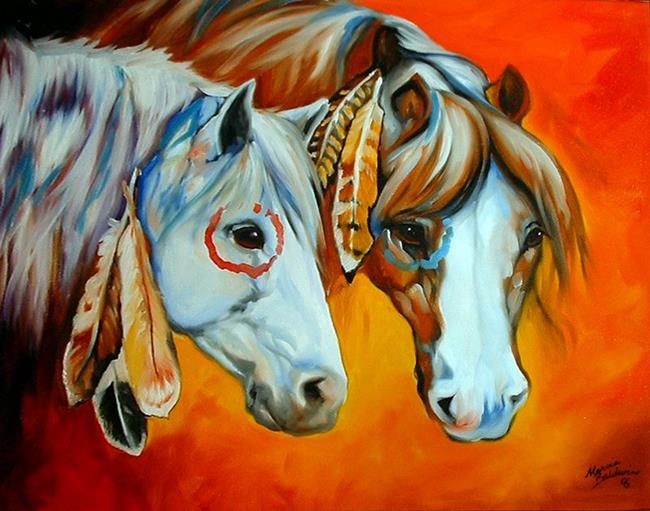
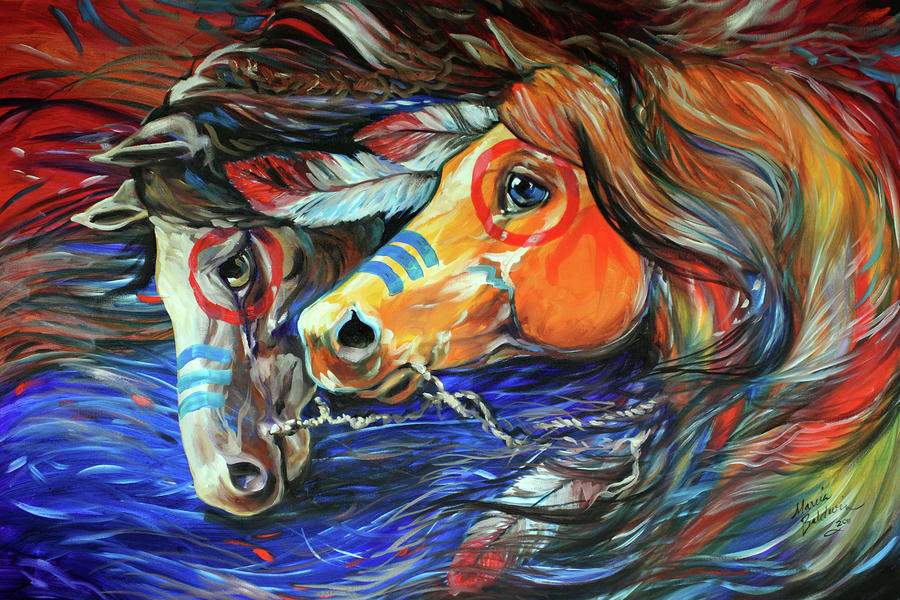



Sunday, October 28, 2012
Wednesday, October 24, 2012
Subscribe to:
Posts (Atom)



